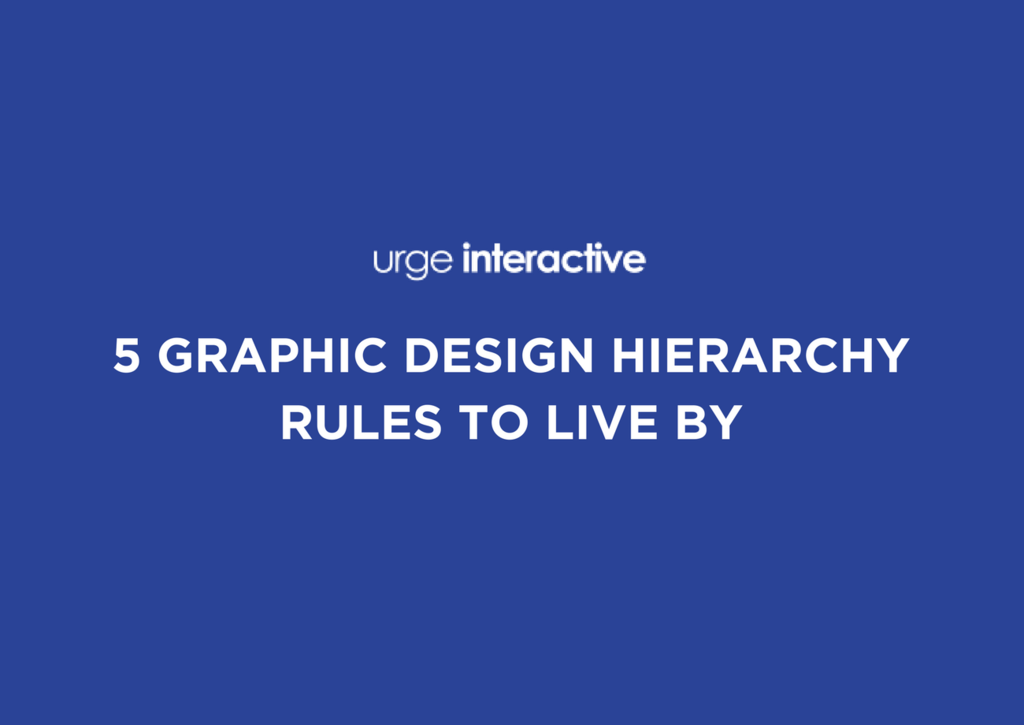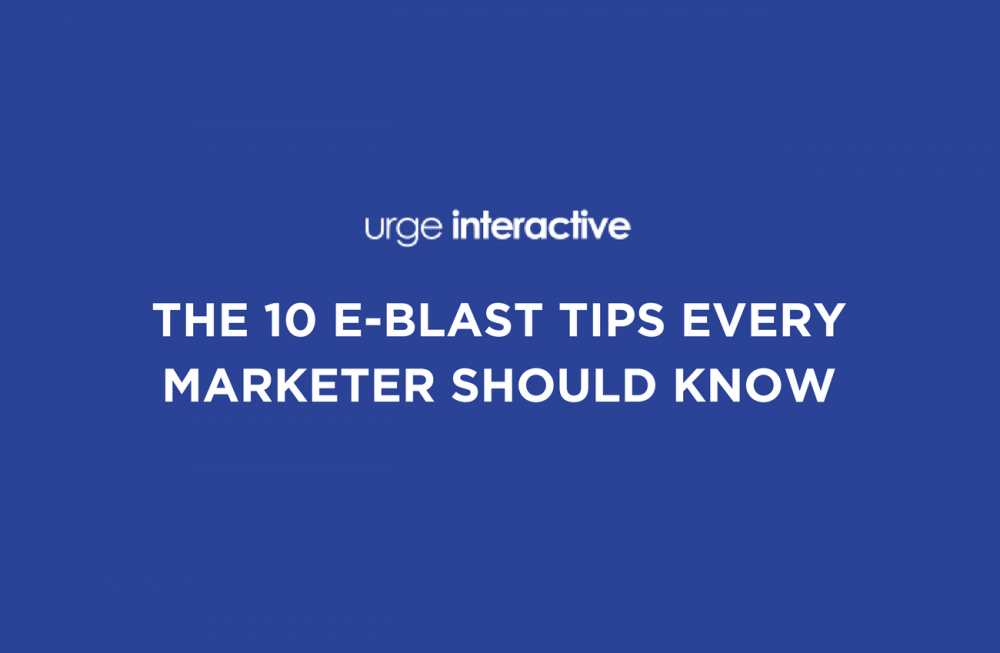We asked our in-house Graphic Design team to give us their best tips for typography design hierarchy. Here’s what they had to share:
1. SIZE MATTERS

One of the best ways to create great hierarchy in your designs is by using larger type for important sections. Think of the classic Headline, Subhead, and Body Copy, all of which have decreasing type sizes, respectively. Pair this concept with the weight of the type as well by using heavier and bolder fonts for more important content. Doing this makes for really effective design.
2. MAKE ROOM FOR SPACE
A good way to reinforce your typography hierarchy is through the overall layout, specifically by using a grid. Using a grid as your base structure helps users understand your design because all the information they need is aligned and laid out in relation to each other. With proper spacing, viewers know where to look and in what order, helping them make better sense of your design.
3. FIND THE PERFECT PAIR
A classic method of reinforcing your hierarchy is by pairing contrasting typefaces. While this method takes a little bit of practice to master, there are plenty of resources on the web to help you. Some great ones can be found here and here.
4. CONSIDER COLOR
Surprisingly, color is an often underutilized method of creating hierarchy in type-driven layouts. The strategic use of color can be a great source of design inspiration. Crafting a great color scheme can elevate what might otherwise be a drab layout. Good places to add a pop of color are headlines and pull-quotes, but imagery can also provide that burst of color you need to reinvigorate your design.
5. TAKE ONE LAST LOOK
Another important element to consider is how viewers will scan a page in both print and digital mediums. Most viewers tend to scan in the F pattern displayed above. This pattern follows the standard news article format, read from the top left going across. The first line presents the strongest visual pull, with each line thereafter decreasing in strength. When placing content in your design layout, it’s best to prioritize information based on this pattern for optimal impact. It’s worth noting that in web design this F pattern breaks below the fold.







